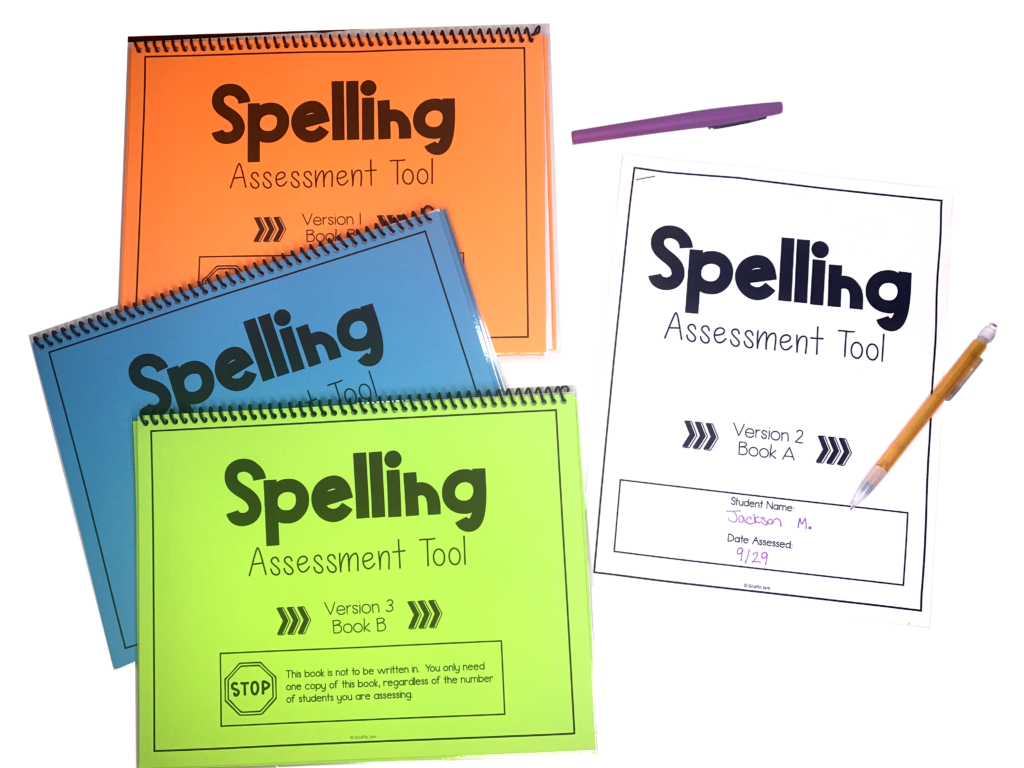
Spelling data collection is an important part of elementary classrooms. crucial to collect and analyze spelling data at various stages of the learning process. Teaching spelling is a fundamental aspect of elementary education. It lays the foundation for effective communication, reading comprehension, and writing skills. However, to ensure that our teaching methods are effective, we have to collect the data to see what is working. In this blog, we’ll delve into the significance of collecting spelling data and how it can transform the way we approach spelling instruction.
Baseline spelling data refers to the information gathered about a student’s spelling abilities before any formal instruction begins. It provides a starting point, or a “baseline,” from which progress can be measured. Understanding where each student stands at the outset allows teachers to tailor their instruction to meet individual needs. Additionally, with a clear understanding of each student’s starting point, teachers can set achievable targets for improvement. Moreover, baseline data can help teachers identify common spelling mistakes or misconceptions among the class, paving the way for targeted instruction.

“This resource was fantastic! I had a student who had severe spelling issues. I used this to determine exactly where he needed extra help for his SST goals. My principal even mentioned how my data was fantastic and specific.”
-Robin R.
What is it?
This involves gathering data on students’ spelling abilities as they undergo instruction. It can be done through regular quizzes, assignments, or spontaneous spelling checks.
Why is it important?
At the conclusion of a specific instructional period, such as a term or academic year, it’s essential to gather data to assess the overall progress. By comparing this end-of-term data with the baseline data, teachers can gauge how much each student has improved. This not only provides an opportunity for teachers to reflect on the efficacy of their teaching methods but also helps in planning for the subsequent phase of instruction. Understanding where students stand at the end of a term equips teachers with the insights needed to plan effectively for the next instructional period.
What is it?
This involves assessing students’ spelling abilities to determine if they have reached a level of proficiency or mastery.
Why is it important?
Collecting spelling data is not just about numbers or scores; it’s about understanding our students better. By systematically gathering and analyzing this data, elementary teachers can offer more personalized, effective, and engaging spelling instruction. It empowers educators to make informed decisions, adapt their teaching methods, and ultimately, help their students become confident and competent spellers.